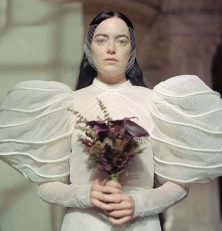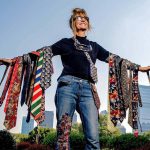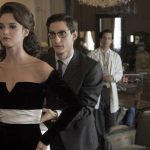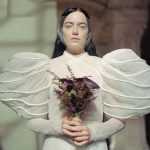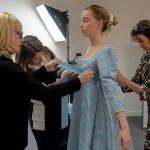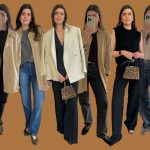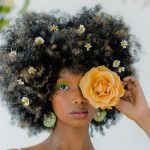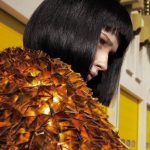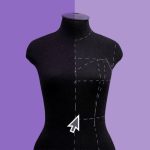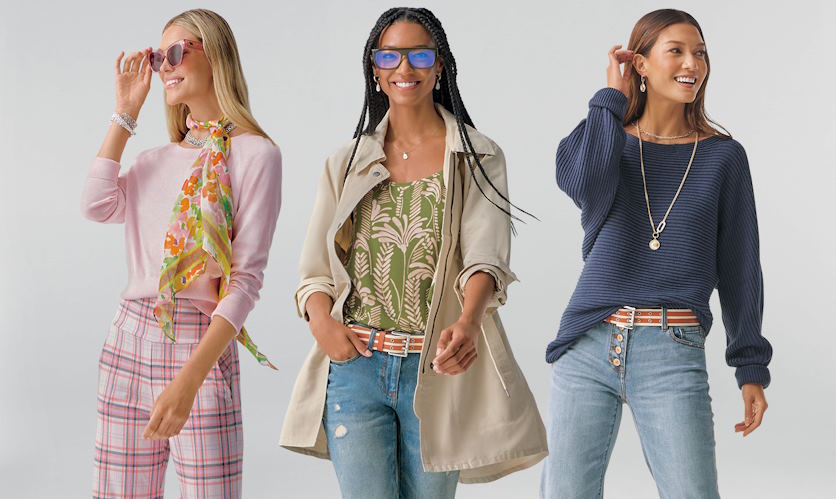Stepping onto the set of any film or television production, one is immediately struck by the meticulous attention to detail in every costume hanging on racks. These garments are more than just clothes; they are the physical embodiments of characters’ identities, aspirations, and struggles. As we embark on this exploration, we unveil the transformative power of fashion, not only in shaping on-screen personas but also in leaving an indelible mark on popular culture beyond the confines of the silver screen.
Historical Evolution of Fashion in Film and Television
Fashion in film and television has a rich history, dating back to the early days of cinema. In the silent era, costume design played a crucial role in distinguishing characters and conveying their personalities without the aid of dialogue. From the glamorous flapper dresses of the 1920s to the tailored suits of film noir, costume designers of the golden age of Hollywood utilized fashion to evoke specific time periods and social classes. As cinema evolved, so did fashion, with each decade leaving its mark on the silver screen. The 1960s brought about a revolution in both film and fashion, with bold colors, geometric patterns, and mod styles permeating popular culture. Television also played a significant role in shaping fashion trends, with iconic shows like “I Love Lucy” and “Mad Men” influencing viewers’ style choices for generations to come.
The Collaborative Process
Behind every iconic costume is a collaborative effort between fashion designers, directors, and actors. Costume designers work closely with filmmakers to ensure that clothing not only reflects the character’s personality but also aligns with the narrative and visual aesthetic of the production. Understanding the nuances of character development is essential, as clothing can communicate subtle nuances of a character’s backstory, motivations, and relationships. For example, a character’s evolution from rags to riches can be visually depicted through changes in their wardrobe, while color palettes can convey emotional depth and symbolism. Balancing authenticity with creative expression is key, as costume designers strive to capture the essence of a character while infusing their designs with artistic flair.
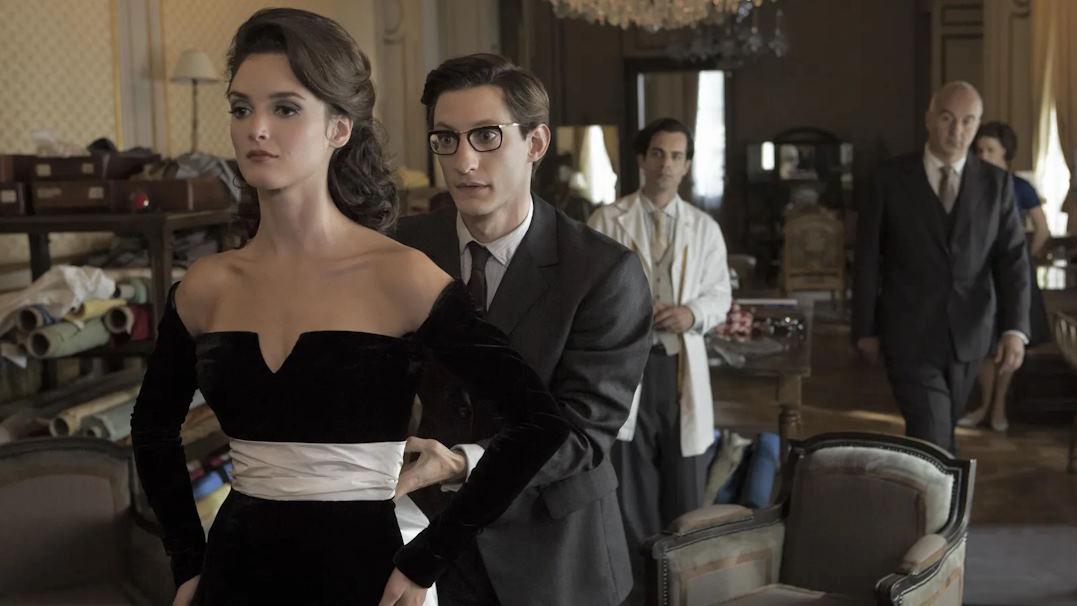
Establishing Character Through Fashion
One of the most fascinating aspects of fashion design in film and television is its ability to establish character traits and motivations. From the dashing hero in a tailored suit to the femme fatale in a figure-hugging dress, every costume choice speaks volumes about the character wearing it. Take, for example, the iconic wardrobe of James Bond, which has become synonymous with suave sophistication and effortless style. Each iteration of the character brings with it a new interpretation of Bond’s persona, reflected in his meticulously tailored suits and impeccable accessories. Similarly, television shows like “Sex and the City” and “Gossip Girl” have become renowned for their fashion-forward characters, whose wardrobes serve as both a reflection of their personalities and aspirational lifestyle.
Setting the Scene: Fashion and World-building
In addition to establishing character, fashion also plays a crucial role in setting the scene and creating immersive environments. Whether it’s the opulent ballrooms of a period drama or the gritty streets of a dystopian future, costume design helps transport audiences to different worlds. By meticulously recreating historical garments or imagining futuristic fashion trends, costume designers breathe life into fictional settings, making them feel authentic and lived-in. For example, the elaborate costumes of “Game of Thrones” not only reflect the social hierarchy of Westeros but also provide insight into the cultural customs and traditions of each region. Similarly, the dystopian uniforms of “The Hunger Games” contribute to the oppressive atmosphere of Panem, reinforcing the divide between the Capitol and the districts.
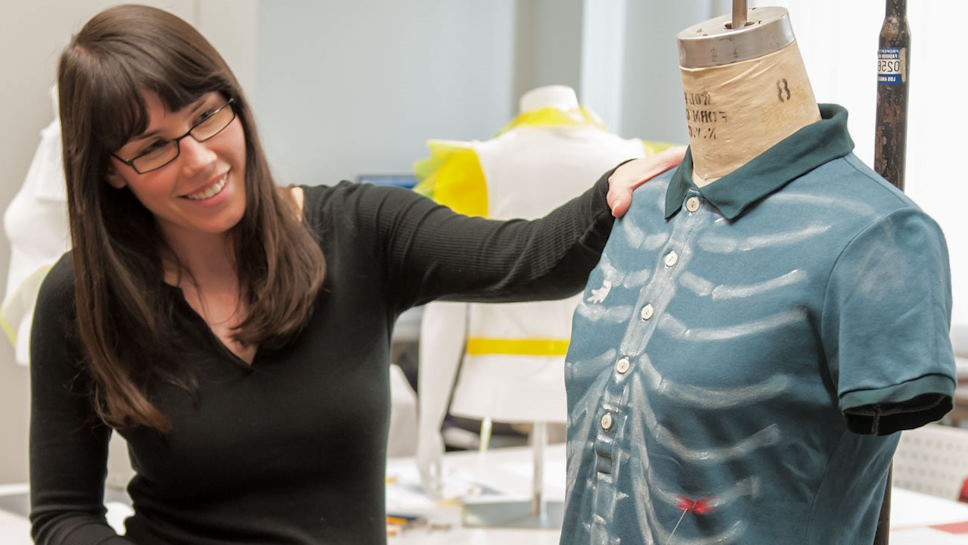
Fashion Design as Visual Storytelling
At its core, fashion design is a form of visual storytelling, with each garment contributing to the overall narrative of a film or television show. Costume designers carefully select fabrics, colors, and silhouettes to evoke specific emotions and themes, enhancing the audience’s understanding of the story. Symbolism and metaphor are also prevalent in costume design, with clothing often serving as a visual metaphor for a character’s inner journey or external conflicts. For example, the transformation of Cinderella’s tattered dress into a shimmering ballgown symbolizes her transition from servant to princess, while the black leather jacket worn by the Terminator signifies his cold, robotic nature. Attention to detail is paramount, as even the smallest embellishments can convey subtle nuances of character and plot.
Beyond the Screen: Fashion’s Influence on Pop Culture
The impact of film and television fashion extends far beyond the confines of the screen, shaping popular culture and consumer trends around the world. From red carpet premieres to street style fashion blogs, audiences are constantly inspired by the iconic looks of their favorite characters and celebrities. Designers capitalize on this influence, collaborating with filmmakers to create limited-edition collections inspired by popular films and television shows. The “Sex and the City” phenomenon, for example, sparked a global obsession with designer shoes and handbags, with fans clamoring to emulate the glamorous style of Carrie Bradshaw and her friends. Similarly, the revival of 1980s fashion in shows like “Stranger Things” has sparked a nostalgia-driven trend, with retailers stocking up on neon colors, scrunchies, and high-waisted jeans.

